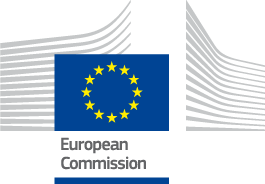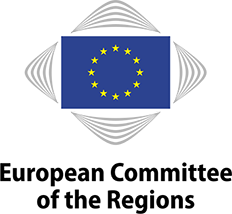The 20th edition of the EU Regions and Cities Week kicked off on Monday, October 10th, 2022, with a wide range of both onsite and online workshops, conferences, and info sessions. Key issues around which revolves the Brussels-based event dedicated to European cohesion policy are: green and digital transition, territorial cohesion, youth empowerment. Most of the aforementioned topics were at the heart of the discussion carried out within the online workshop “Digital platforms: culture, belonging and identity” that took place on Wednesday, October 12th, 2022.
The online event aimed at exploring the role of digital platforms in cultural reinforcement at European level in terms of supporting local culture, enhancing both sense of belonging and identity, and, lastly, helping youth and communities engage with local identities. The underlying question to which workshop speakers tried to find an answer as: is there a balanced way to effectively promote culture online while preserving real life authenticity of the European highly varied cultural heritage?
Cultural gems: a model for online cultural promotion
Valentina Alberti, researcher at the Joint Research Centre of the European Commission, took first the floor, explaining how the free open-source web app Cultural gems works. The project is devoted to capturing diversity in culture and creativity among European cities by mapping cultural and creative places all around Europe. Alberti emphasized that more than 700 users have been contributing to the mapping so far, with the active support of private European citizens.
Sense of belonging: at the edge of Europe – the Western Balkans and the Azores case
The second segment was opened by Nada Andonovska’s speech, country coordinator for North Macedonia of Interpret Europe. Interpret Europe’s mission is to empower all who inspire significant connections with Europe’s natural and cultural heritage to shape our common future. The project, developed in a both digital and field-based approach, focuses on offering heritage interpretation mediated by interpretative guides. As Andonovska highlighted: “Heritage interpretation makes heritage more meaningful to people and people more mindful towards our shared values”.
It came then to the turn of Paulo Veríssimo, from the Azores region. After giving a historical overview of the geo-cultural peculiarity of the Azores, Veríssimo insisted on a number of promotion-oriented cultural initiatives: the celebration of the Europe Day, virtual museums tours, the Azores culture agenda and several web portals. Why is it worth investing on culture? Veríssimo’s response: “Culture helps us to be humans”.
Engagement and identity through cultural cohesion and social responsibility – from Eastern to Western Europe
The third segment involved first Martina Gamboz, employee of the Izola municipality in Slovenia. Gamboz dwelled on the specific need of enhancing a sense of belonging in a multi- ethnic and bilingual community as Izola is. Building a sense of belonging in Izola is inextricably linked to post-conflict population transfers, social traumas and rootlessness. Therefore, art and culture offer a unique context to channel these suppressed conflicts and tensions into creative dialogue. Noteworthy is Izola’s collaboration with Cultural gems.
The last lecturer was Tine Moeyaert, teacher based in Tielt (Belgium) and coordinator of several international projects, such as Erasmus+ and Behind the Walls, being the latter a European funded blended exchange program across various European countries. BtW seeks to increase both awareness and attractiveness of cultural heritage among young students by means of a digital game-based learning approach. Moeyaert’s suggestion: “Engage the youngsters as co-creators and they will respond, they know better because they are the addressees”.
Claudia Garegnani | Edited by Xoel Rodríguez Poy



